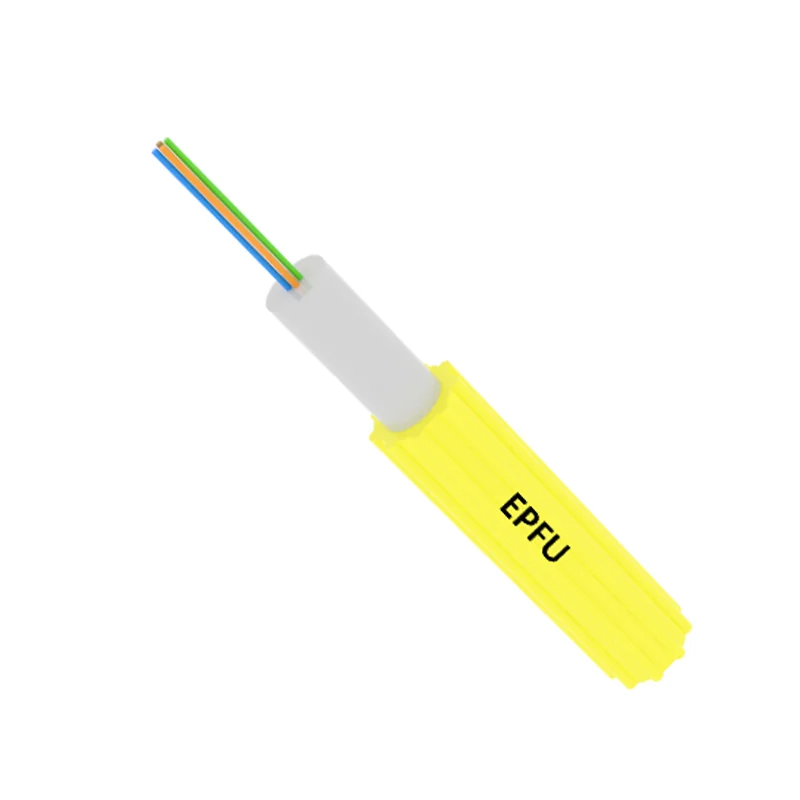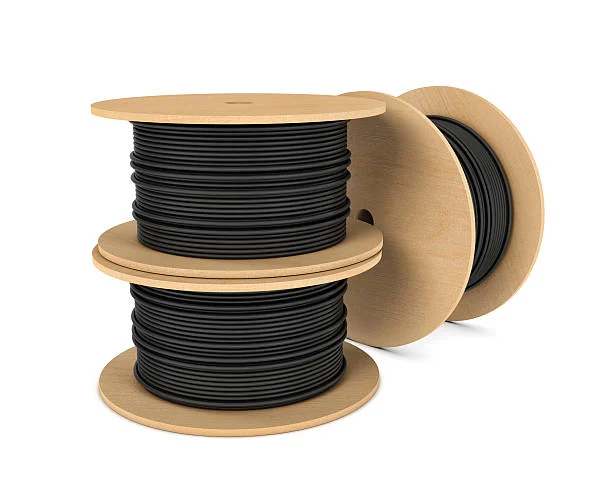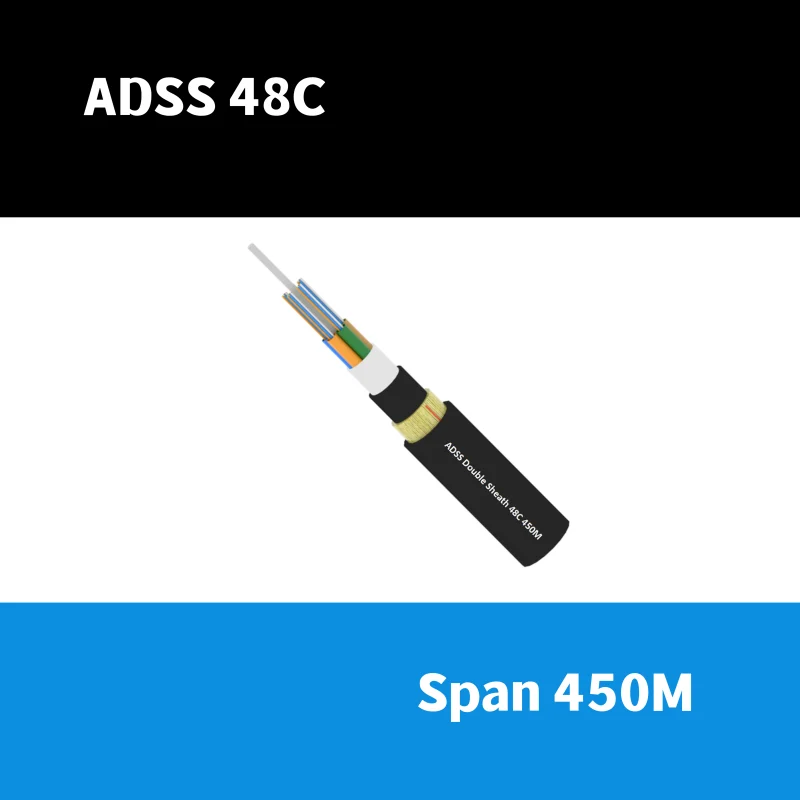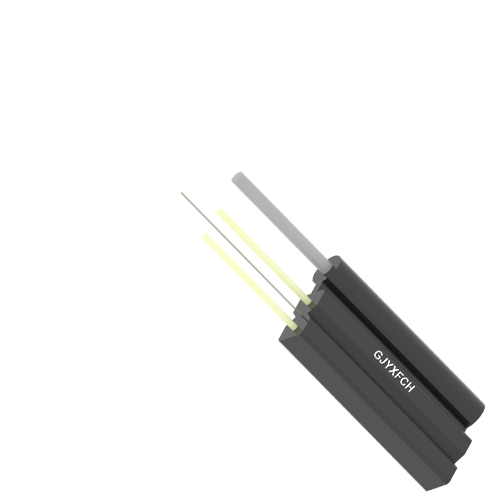Blog
- Building A, Republic International Business Plaza, No. 3699 Gonghexin Road, Jing'an District, Shanghai
- +86-21-59175887
- market@soctfiber.com
- 86-17321363317
- 86-13341796231
Common Materials Used in Fiber Optic Cables
When designing and selecting fiber optic cables, it is essential to choose materials based on actual application requirements. Today, let’s briefly discuss several commonly used materials in fiber optic cable manufacturing.
Ordinary cable materials tend to become brittle and crack at low temperatures, while they may soften and deform at high temperatures.
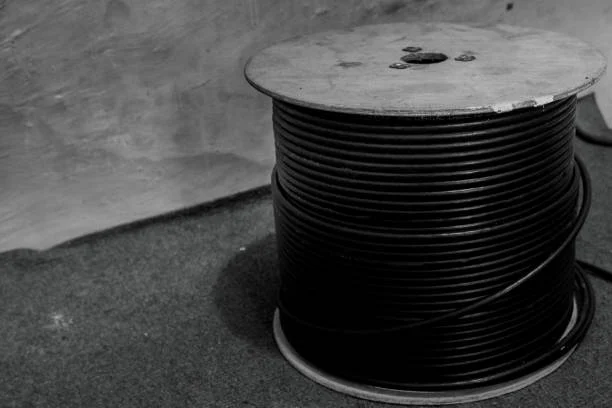
PBT (Polybutylene Terephthalate)
PBT is the most commonly used material for loose tubes in optical cables. Through modification (such as adding flexible chain segments), its low-temperature impact resistance can be greatly improved, fully meeting the requirements of -40°C. It also maintains excellent rigidity and dimensional stability at high temperatures. Its advantages include balanced performance, controlled cost, and wide applicability.
PP (Polypropylene)
PP has excellent low-temperature toughness, making it resistant to cracking even in extremely cold environments. It also has better hydrolysis resistance compared with PBT. However, PP has a slightly lower modulus and weaker rigidity. The selection between PP and PBT should depend on the specific cable structure design.
LSZH (Low Smoke Zero Halogen)
LSZH is currently the most widely used high-quality jacket material. With a special polymer formulation and compatibilization system, high-grade LSZH can easily meet -40°C impact requirements and long-term service temperatures of up to 85°C. It offers excellent flame retardancy (producing low smoke and no halogens when burned), as well as strong resistance to environmental stress cracking and chemical resistance.
TPU (Thermoplastic Polyurethane)
TPU is known as the “king of cold and abrasion resistance.” It provides unmatched flexibility at low temperatures and outstanding resistance to abrasion, oil, and tearing. It is particularly suitable for drag chain cables, mining cables, and vehicle cables used in mobile or cold environments. However, its thermal stability and hydrolysis resistance should be carefully evaluated, and high-grade grades are recommended.
PVC (Polyvinyl Chloride)
PVC is a cost-effective choice. Standard PVC becomes hard and brittle below -10°C, which makes it unsuitable for environments requiring -40°C performance. “Cold-resistant PVC” or “low-temperature PVC” formulations can be achieved by adding large amounts of plasticizers to reduce the glass transition temperature. However, this often compromises mechanical strength and aging resistance. Therefore, PVC is not recommended as a primary choice unless cost constraints are critical and long-term reliability is not a priority.
TPV (Thermoplastic Vulcanizate)
TPV combines the elasticity of rubber with the processability of thermoplastics, offering excellent temperature resistance, weatherability, and durability.
XLPE (Cross-linked Polyethylene)
By cross-linking, XLPE achieves improved heat resistance (up to 90°C or higher) and enhanced mechanical performance.
Jacket Material Selection Guidelines
The selection of the jacket compound should always consider the application environment:
- For fixed installations (e.g., outdoor ducts or conduits), LSZH jackets are recommended.
- For dynamic or mobile applications (e.g., equipment connections, drag chains), TPU jackets are strongly recommended.


